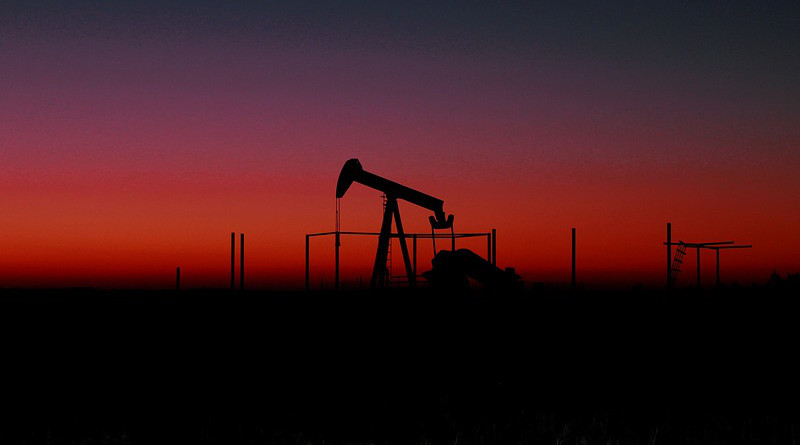Global Energy Landscape Amid Crude Supply, Demand Questions – OpEd
By Arab News
By Mohammed Al-Shatti *
Market levels are expected to remain at current levels, with medium sour grades seeing support from the heightened pace of buying. Crude oil eased early in the week as traders weighed the potential near-term oil demand impacts of rising coronavirus cases around the world amid concerns about the effectiveness of vaccines against its omicron variant that weighed on market sentiment.
The World Health Organization said omicron poses a very high global risk. A strengthening in the US dollar also weighed on oil prices. Pfizer and BioNTech pharmaceutical companies said preliminary laboratory studies demonstrate that three doses of the Pfizer-BioNTech COVID-19 vaccine neutralize the omicron variant while two doses show indications of a significant increase in protection.
Crude oil prices averaged about 2 percent higher, despite persistent market volatility and an uncertain demand outlook amid concerns about omicron. Going forward, the market structure will depend heavily on the demand part of the equation, while a weaker oil market structure will probably weigh on market sentiment in the near term.
China’s announcement that it would cap overall emissions rather than restrict energy consumption to meet its climate goals could be a positive boost to the oil market.
However, oil prices came under further pressure after the International Energy Agency showed lower global oil demand growth forecasts for 2021 and 2022. Crude oil prices settled slightly higher, reversing earlier losses after the EIA’s weekly data showed the largest US crude draw last week since September, exceeding market expectation. Oil prices were supported with higher equity markets, as investors weighed the US Fed’s decision to tighten monetary policy to slow rising inflation.
While crude production growth outside of the OPEC+ remained just 90,000 barrels per day, industry reports suggest the figure to rise to 1.5 million bpd in 2022 and 0.9 million bpd in 2023. The reports said most growth will come from the US and its Strategic Petroleum Reserve release could add an additional 400,000 bpd to the global oil supply pool.
The IEA’s latest market outlook had a more bearish outlook for global oil balances in the first half of 2022. It now sees a surplus of 1.7 million bpd materializing in the first quarter of 2022 and a surplus of 2 million bpd in the second quarter of 2022.
December and January balances could tighten further as a major pipeline outage in Ecuador has forced crude production shut-ins which we estimate will take about 120,000 bpd of supply off the market on average in December and could potentially negatively impact January output too. Moreover, Russia’s crude and condensate production growth has slowed down recently because the country is running out of spare production capacity.
However, from January 2022, global crude balances are expected to be in surplus.
On the other hand, global prices of liquefied natural gas are trading at record highs. Prices will only fall from spring if Nord Stream 2 is commissioned but the world must get ready for another bumpy year ahead.
• Mohammed Al-Shatti is a Kuwaiti oil analyst.

